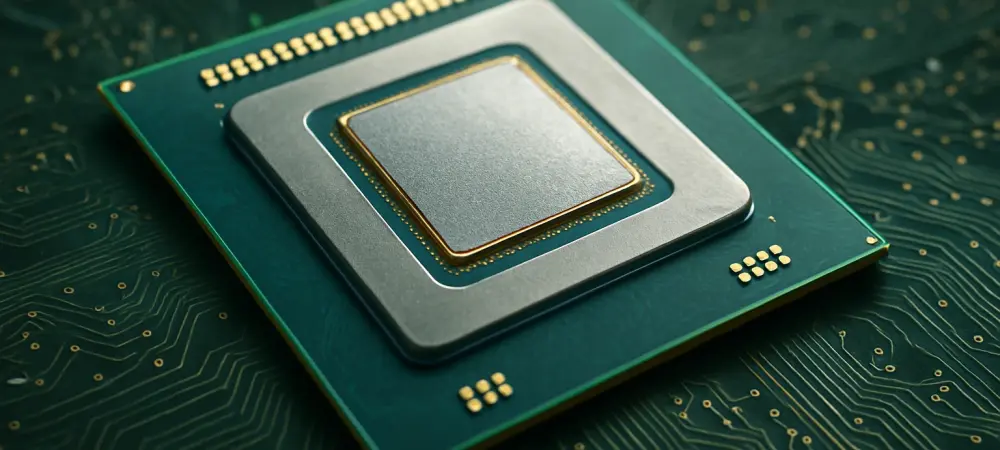In a landscape where technological advancements are expected to push boundaries with each new release, recent leaks surrounding Intel’s upcoming Panther Lake CPU lineup have sparked concern among tech enthusiasts and industry watchers alike, casting a shadow over what was anticipated to be a significant step forward for Intel. The whispers of underwhelming performance from models like the Core Ultra X7 358H and Ultra X5 338H suggest that the next-generation processors might not deliver the expected leap in raw power compared to their predecessors in the Arrow Lake series. This raises pressing questions about whether Intel can maintain its competitive edge in a market that demands constant innovation. As the tech community awaits official confirmation, the early data paints a picture of stagnation, prompting a deeper look into what these numbers mean for the future of Intel’s CPU offerings and the broader implications for users seeking performance upgrades.
Unpacking the Leaked Benchmark Results
Diving into the specifics of the leaked data, the Cinebench R23 multi-threaded test results for Panther Lake CPUs reveal a surprising lack of progress. The Core Ultra X7 358H, equipped with 16 cores split across 4 Performance, 8 Efficiency, and 4 Low-Power units, managed a score of 20,000 points at a 65W power envelope. In stark contrast, the previous-generation Core Ultra 255H, with a similar 16-core setup but a different configuration of 6 Performance, 8 Efficiency, and 2 Low-Power cores, achieved 21,826 points under the same power constraints, and even hit 22,578 points at 80W. Meanwhile, the Ultra X5 338H, featuring a 12-core design, scored a mere 16,000 points. These figures suggest a regression in raw performance, despite architectural updates and a new process node. While the tested units are likely engineering samples and not final products, the numbers still fall short of expectations for generational improvement, leaving many to wonder if Intel’s focus has shifted away from boosting outright power in favor of other priorities.
Efficiency Over Power: A Strategic Shift?
Exploring the broader context, Intel’s apparent prioritization of efficiency over raw performance emerges as a defining trend with the Panther Lake lineup. This strategic shift, while potentially beneficial for power consumption and thermal management, seems to come at the expense of the significant performance gains that enthusiasts and upgraders crave. The leaked data, if accurate, indicates that Intel might be struggling to balance these competing demands, risking disappointment among users who prioritize speed and multi-threaded capabilities. However, a note of caution remains essential, as these early results lack the validation of official benchmarks or third-party reviews. If confirmed, the underwhelming scores could signal a challenging period ahead for Intel, potentially impacting its standing as the year progresses into 2026. Looking back, the discourse around Panther Lake reflected a mix of cautious optimism and concern, with the tech community keenly awaiting finalized data to assess whether Intel had indeed missed the mark or if these leaks misrepresented the true potential of its latest processors.

